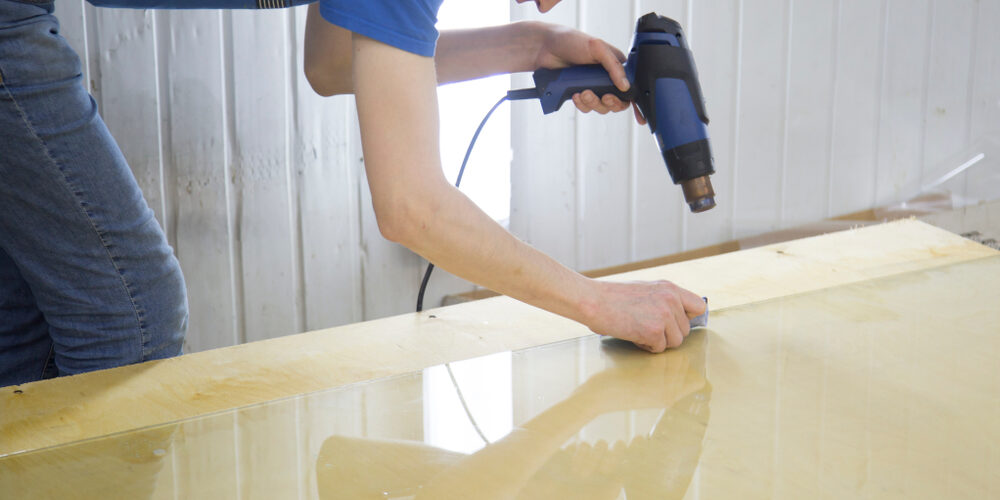Window film is primarily designed to adhere to glass surfaces, such as windows and glass doors. While it may be possible to apply window film to some types of smooth, non-porous wall surfaces, it is not typically recommended or guaranteed to adhere well or provide the desired results.
Here are a few reasons why window film may not stick well to walls…
- Surface Texture – Most wall surfaces have a texture or unevenness that can prevent the window film from adhering evenly and securely. Window film is designed to adhere to smooth, non-porous surfaces like glass, where it can form a tight bond. On textured or porous surfaces, the film may not adhere properly, leading to bubbling, peeling, or uneven application.
- Adhesive Properties – Window film typically uses a pressure-sensitive adhesive that is formulated to bond with glass surfaces. This adhesive may not be suitable for other types of surfaces, such as painted walls or wallpaper, which may require different adhesives or installation methods for proper adhesion.
- Flexibility – Window film is designed to be flexible and conform to the shape of the glass surface, allowing for smooth application and a tight seal. Walls may have irregular contours or curves that make it challenging to apply the film evenly and prevent air bubbles or wrinkles from forming.
- Long-Term Durability – Even if window film initially adheres to a wall surface, it may not have the durability or longevity needed to withstand environmental factors, such as temperature changes, humidity, and exposure to sunlight. Over time, the film may start to degrade or lose adhesion, leading to peeling or separation from the wall.
While window film may not be suitable for sticking directly to walls, there are alternative options available for adding decorative or privacy elements to wall surfaces. These options may include adhesive-backed wallpaper, wall decals, vinyl wall art, or textured wall panels, which are specifically designed for use on walls and offer better adhesion and durability. It’s essential to choose the right product for your specific needs and to follow the manufacturer’s instructions for proper installation and maintenance.






